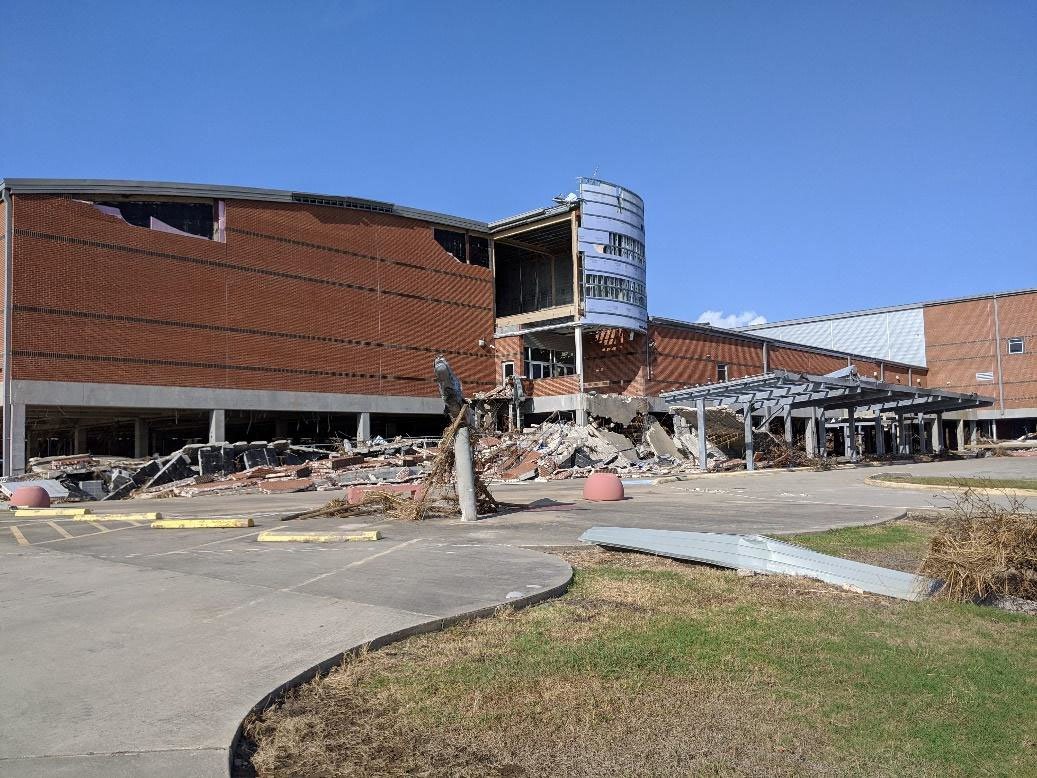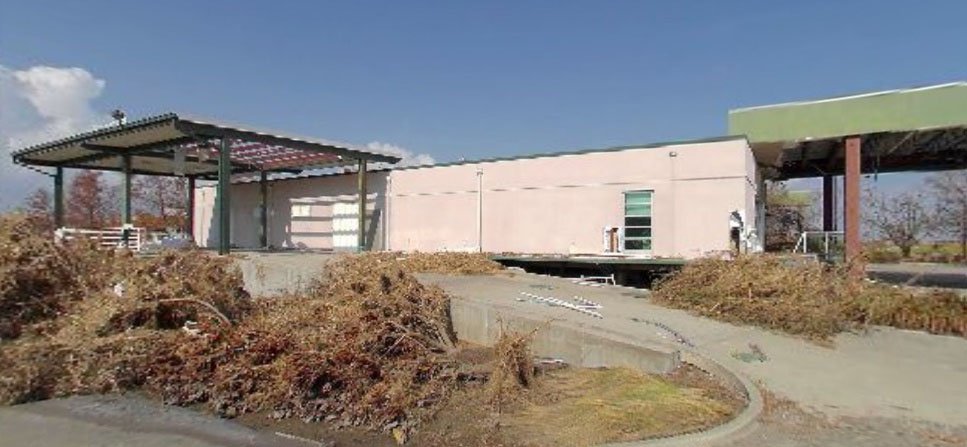FOR IMMEDIATE RELEASE
NSF EAGER Grant to Reexamine Hazard Mitigation During COVID-19 Pandemic
Supported by the NSF-NHERI network, the Rensselaer Polytechnic Institute-led project will explore development of a more flexible research agenda in hazard mitigation.
TROY, N.Y., Sept. 24, 2020 With many people stuck inside for months on end, the built environment has played a significant role in the COVID-19 pandemic. With support from a new National Science Foundation EAGER grant, a team of engineers and social scientists will study the ways in which that built environment mitigates or exacerbates the pandemic.
There is a tendency to view COVID-19 as exclusively a public health crisis. Our work aims to articulate how we have built ourselves into this crisis and, in the long term, the prospects and pitfalls for building ourselves out of it, said David Mendonça, a professor of industrial and systems engineering at Rensselaer Polytechnic Institute who is leading this multi-institutional research effort.

South Cameron High School main entrance with masonry infill failures near roof line, Cameron, Louisiana. (Source: StEER FAST-2)
Engineers join public policy experts
The collaborative project brings together experts in industrial engineering, civil engineering, and public policy. Researchers will collect and analyze case study data in order to develop an initial research framework, which will help inform a comprehensive agenda for researching the design and operation of the built environment in a way that supports mitigation of pandemic joint hazards. The team will work with the NSF-funded natural hazards engineering research distributed facility known as Natural Hazards Engineering Research Infrastructure (NHERI).
NHERI researchers are exploring the resilience of the built environment in relation to earthquakes, high-wind, and other events. They are available to the engineering and science communities to confront the grand challenge presented by the threat of pandemic joint hazards around the globe," said Julio Ramirez, a professor of civil engineering at Purdue University and director of the NHERI Network Coordination Office Center.
This work is especially timely given the likelihood that other hazards such as hurricanes, tornadoes, and floods will continue to occur during the current pandemic. This will place additional strain on existing capabilities for emergency response, and may lead to situations where the planned response to one event is in direct contradiction to the response of another event for example, the need for social distancing for a pandemic coupled with mass sheltering during a hurricane.
With predictions indicating that 2020 will be one of the most active Atlantic hurricane seasons on record, this project will offer a timely yet somber opportunity to study the intersection of pandemics and other natural hazards, said project team member Tracy Kijewski-Correa, NHERI researcher and associate professor jointly appointed in the Keough School of Global Affairs and the College of Engineering at the University of Notre Dame. Kijewski-Correa also directs the Structural Extreme Events Reconnaissance network, StEER.
Worldwide, COVID-19 has revealed the degree to which some communities and groups are overexposed and under-protected to hazards, an area that will be of significant focus in this work.

Caonpy and wall damage to South Cameron Memorial Hospital, Cameron, Louisiana. (Source: StEER FAST-2)
Designing more flexible infrastructure systems
We need to accept that a significant portion of our population is confined or otherwise restricted in movement, be they in prisons, nursing homes, or schools. The rates of infection in these places, as well as in less economically advantaged communities, are staggering, Mendonça said.
Additionally, engineers have long sought to make logistics and supply chains more efficient by eliminating waste. According to Mendonça, pandemic-related supply shortages such as a lack of sufficient personal protection equipment have revealed how inelastic those systems have become.
We need to look critically and carefully at the question of whether our relentless drive for efficiency and cost-cutting has produced brittle rather than flexible systems. That means we need to develop approaches for incorporating equity, effectiveness, and other aspects of societal well-being into system design and operation, he said.
Government and private sector policies are also instrumental in determining the spread or suppression of COVID-19. Therefore, understanding the interaction between public policy and the built environment in mitigating pandemic joint hazards is another vital aspect of this research.
I value the opportunity to work with a group of scholars and researchers who are willing and able to step back, re-examine existing engineering design principles and frameworks in the context of pandemic joint hazards, and integrate perspectives from social scientists and other disciplines, said Ann-Margaret Esnard, a professor of public management and policy and an associate dean for research and strategic initiatives at Georgia State University.
This is an exceptionally challenging moment in the modern history of emergency management, Mendonça said. "On the one hand, we are in the era of Uber, Lyft, and other platforms that give consumers almost unlimited choice. On the other, history suggests that effective hazard mitigation requires centralized planning and control. We need to identify and invest in research that recognizes these realities while also seeking to improve societal resilience.
This research is supported by NSF EArly-concept Grant for Exploratory Research (EAGER) grant # 2041666.
About Rensselaer Polytechnic Institute
Founded in 1824, Rensselaer Polytechnic Institute is Americas first technological research university. Rensselaer encompasses five schools, 32 research centers, more than 145 academic programs, and a dynamic community made up of more than 7,900 students and over 100,000 living alumni. Rensselaer faculty and alumni include more than 145 National Academy members, six members of the National Inventors Hall of Fame, six National Medal of Technology winners, five National Medal of Science winners, and a Nobel Prize winner in Physics. With nearly 200 years of experience advancing scientific and technological knowledge, Rensselaer remains focused on addressing global challenges with a spirit of ingenuity and collaboration. To learn more, please visit www.rpi.edu.
About the Natural Hazards Engineering Research Infrastructure
The Natural Hazards Engineering Research Infrastructure (NHERI) is a national, distributed facility that provides the natural hazards engineering community with state-of-the-art research infrastructure. Funded by the National Science Foundation, NHERI enables researchers to explore and test ground-breaking concepts to protect homes, businesses, and infrastructure lifelines from the impacts of earthquake, wind, and water hazards, enabling innovations to help prevent natural hazards from becoming societal disasters. The research infrastructure includes earthquake and wind engineering experimental facilities, cyberinfrastructure, computational modeling and simulation tools, research data, and expert personnel. When coupled with training and mentoring initiatives and community outreach, NHERI facilitates research and educational advances that contribute knowledge and innovation toward improving the resiliency of the nations civil infrastructure to withstand natural hazards.
Contact:
Reeve Hamilton
Director of Media Relations
Rensselaer University
518-833-4277
hamilr5@rpi.edu
Marti LaChance
Communications Manager
Natural Hazards Engineering Research Infrastructure
nheri.communications@gmail.com





